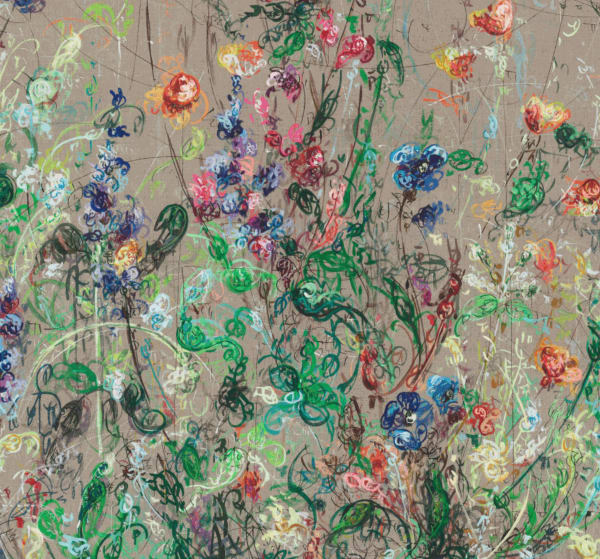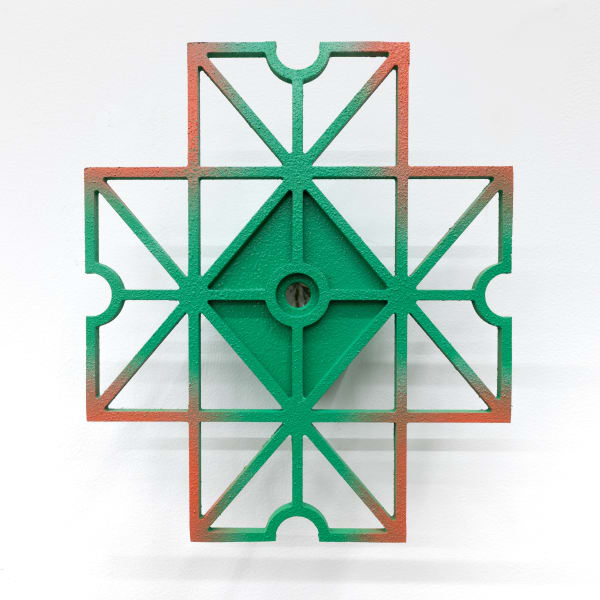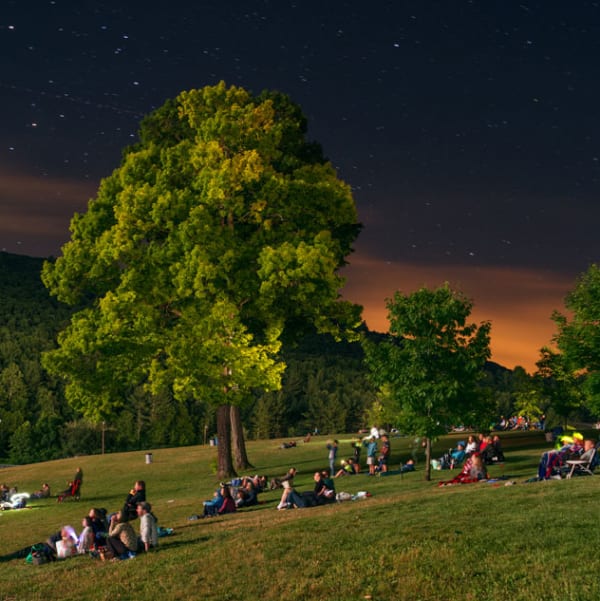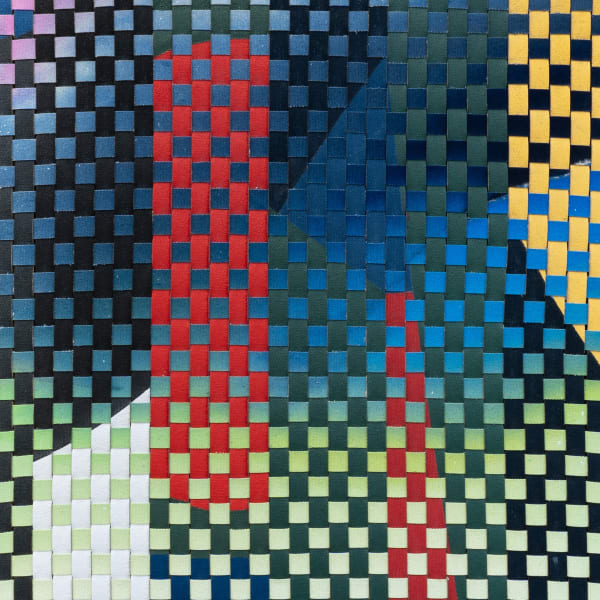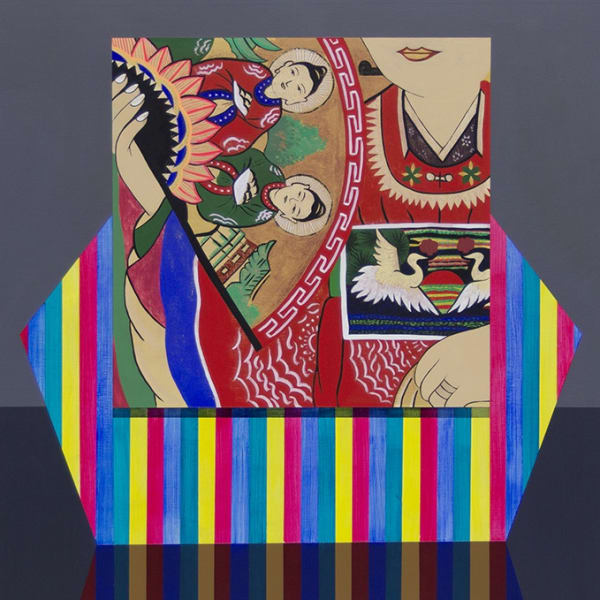-
FEATURED ARTISTS
-

Paolo Arao
-

Tim Bavington
-

Natalie Beall
-

Rune Christensen
-

Dahlia Elsayed
-

Sara Genn
-

Rubens Ghenov
-

Carly Glovinski
-

James Gold
-

Eric Hibit
-

Hilary Irons
-

Kysa Johnson
-

Emily Kiacz
-

Karen Lederer
-

Crystal Liu
-

Kim McCarty
-

Ruby Palmer
-

Amy Park
-

Naomi Kawanishi Reis
-

Raymond Saá
-

Edra Soto
-

Audrey Stone
-

Jason Stopa
-

Austin Thomas
-

Paul Villinski
-

Haoyun Erin Zhao
-
-
WORKS AVAILABLE BY











